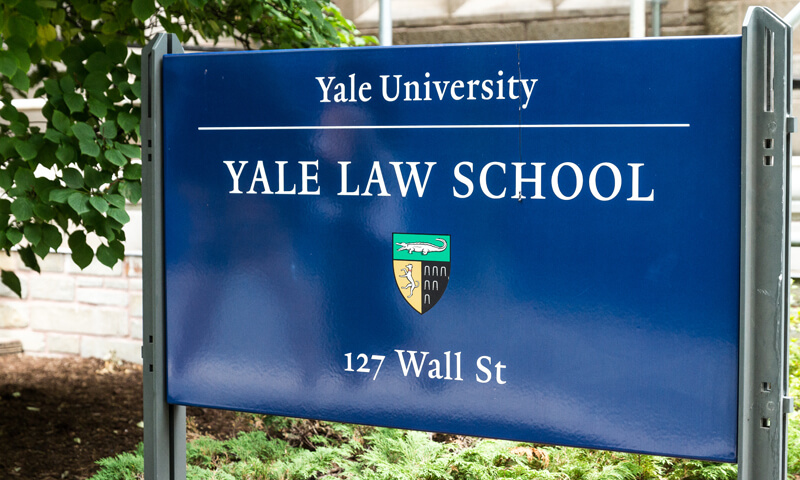A living plant has been created from an arctic flower that died over 32,000 years ago. This information was recently released by a group of Russian scientists. It is believed that the fruit of the arctic flower was once stored thousands of years ago by a squirrel in a burrow. It was permanently frozen in the area of Siberia for thousands of years until recently, just years ago, scientists stumbled upon it and excavated the fruit.
There are certain plant seeds and plant cells that are able to last for quite an extended period of time, as long as they are treated with the proper care and preserved correctly. While there have been tons of claims of reviving plants from thousands of years ago, a lot of these claims fail after being closely examined by biologists and scientists.
While there have been claims that failed in the past, this new claim for the arctic plan is actually supported by the radiocarbon date.
The report of this newly revived plant comes from a team of scientists. The leaders of the team include Svetlana Yashina and David Gilichinsky, both who do research at the Russian Academy of Sciences. Grant Zazula, who is part of the Yukon Paleontology Program, believes that this breakthrough is quite amazing. Zazula actually believes this claim is completely legitimate, unlike many claims that have been made in the past before.
However, there will be people who want more proof that the plant has actually be revived. Russian researches actually managed to excavate the squirrel burrows from thousands of years ago. After digging, each of the burrows were sealed, buried, and permanently frozen. The vast majority of these squirrel’s storage chambers consisted of an assortment of seeds, along with various fruits. A lot of them come from a species that is a lot like the plant that was recently revived.
Russian researches who examined a burrow from Duvanny Yar tried unsuccessfully to help the campion seeds sprout and grow. After this, they took the cells that were located within the placenta of the plant, which is where the seeds are produced. The researchers then chose to thaw out the cells, growing them in dishes until they actually became plants.
There are various plants that can breed from just one adult cell and the procedure actually did work for some of the placentas. The Russian researchers managed to grow nearly 36 of the ancient plants, which seemed to resemble the campion up until the plants flowered, which is when they began to look different, display unique petals.
Some researchers have suggested that certain circumstances led to the campion plant cells being revived. It is believed that the squirrels keeping their seeds cool thousands of years ago could have helped with the process.







































